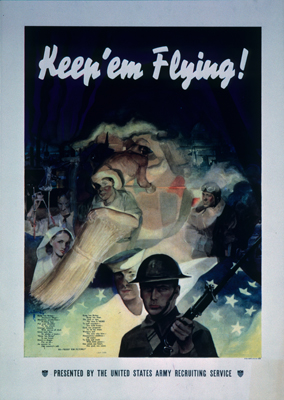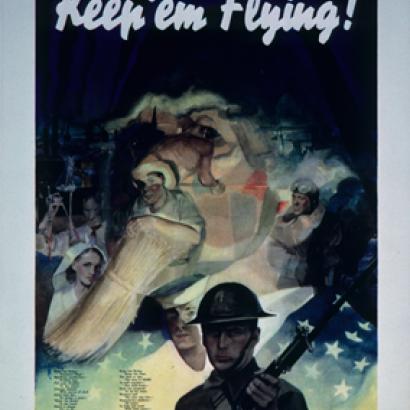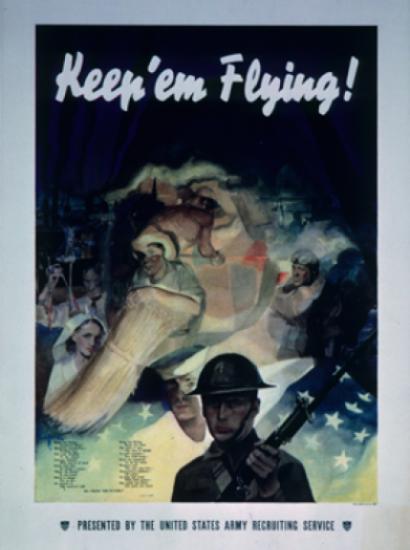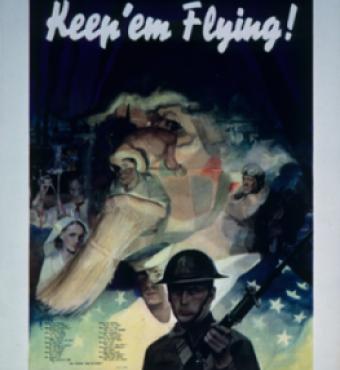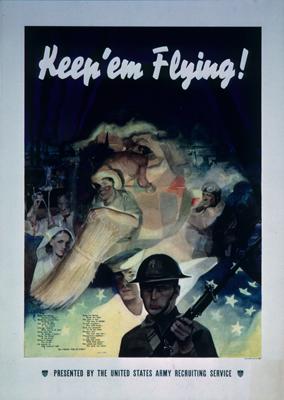The Military Times just released the results of a survey of 2,300 military personnel, in which 49 percent said that the “operational tempo” of their unit had increased during the past five years, while only 14 percent said that it had decreased.1 The results are particularly striking because the U.S. military was already at a high tempo five years ago as a result of Iraq and Afghanistan, and because the U.S. government has been trying to get out of those countries since that time. For the troops, the results of this high tempo include high mental stress and little time for family and recreation, which in turn lead to elevated rates of mental illness, suicide, divorce, and attrition of experienced personnel.
Part of the tempo problem can be attributed to military commanders. By personality and tradition, American military officers are inclined to push their troops hard even when they are not operational, in order to maintain maximum preparedness. Today’s officers, like those of decades and centuries past, pay considerable heed to the ancient dictum attributed by Thucydides (1.84.4) to the Spartan king Archidamus that “one man is much the same as another, and he is best who is trained in the severest school.” Personnel assigned to units or staffs within the continental United States in 2014 can find themselves working extremely long hours, with few hours to spend at home.
The primary cause of the high tempos, though, is a decrease in the supply of U.S. military personnel that has not been matched by a decrease in demand for their services. Steep cuts to the defense budget have slashed the size of the armed forces from nearly 1.5 million in 2011 to about 1.3 million today. While the number of troops deployed to Afghanistan has fallen sharply in the past few years, new crises in the Middle East and Africa, along with the so-called “pivot to Asia,” have kept up the demand, especially for air and naval forces. One of the events that appears to have led to the firing of Secretary of Defense Chuck Hagel was his decision to let the senior military leadership come to the White House and tell President Obama that “you can’t keep asking us to do more things without adequate resources.” With fewer people to perform the same amount of work, the workweek must become longer.
The U.S. military endured strain on a much greater scale during World War II, but that war was shorter and the number of military personnel much higher than in today’s U.S. military, with 12 million in uniform by war’s end. The United States has not experienced a thirteen-year stretch of war before, and in the past it was able to limit the strain on individuals by maintaining much larger forces and flowing more people through those forces by means of the draft. The stress on the U.S. military’s volunteers over the past thirteen years is thus worse than anything experienced in America’s history.
It may well be worth asking, therefore, whether some fundamental change is required. Reinstitution of the draft would solve the problem, but the chances that politicians will authorize it appear low, barring a new cataclysm on the international stage. The United States could reduce its overseas deployments, but the fact that a president who has sought military retrenchment is still sending forces all over the world is a good indicator that the United States cannot afford much more retrenchment. The most viable solution would be to reverse recent cuts to the defense budget and restore troop levels. The Republican victories in the Congressional elections have increased prospects for higher defense spending, though it may take another presidential election to achieve increases of magnitude sufficient to provide major relief to today’s troops.
1. David Larter, “America’s Military: The crushing deployment tempo,” Military Times 2014.







